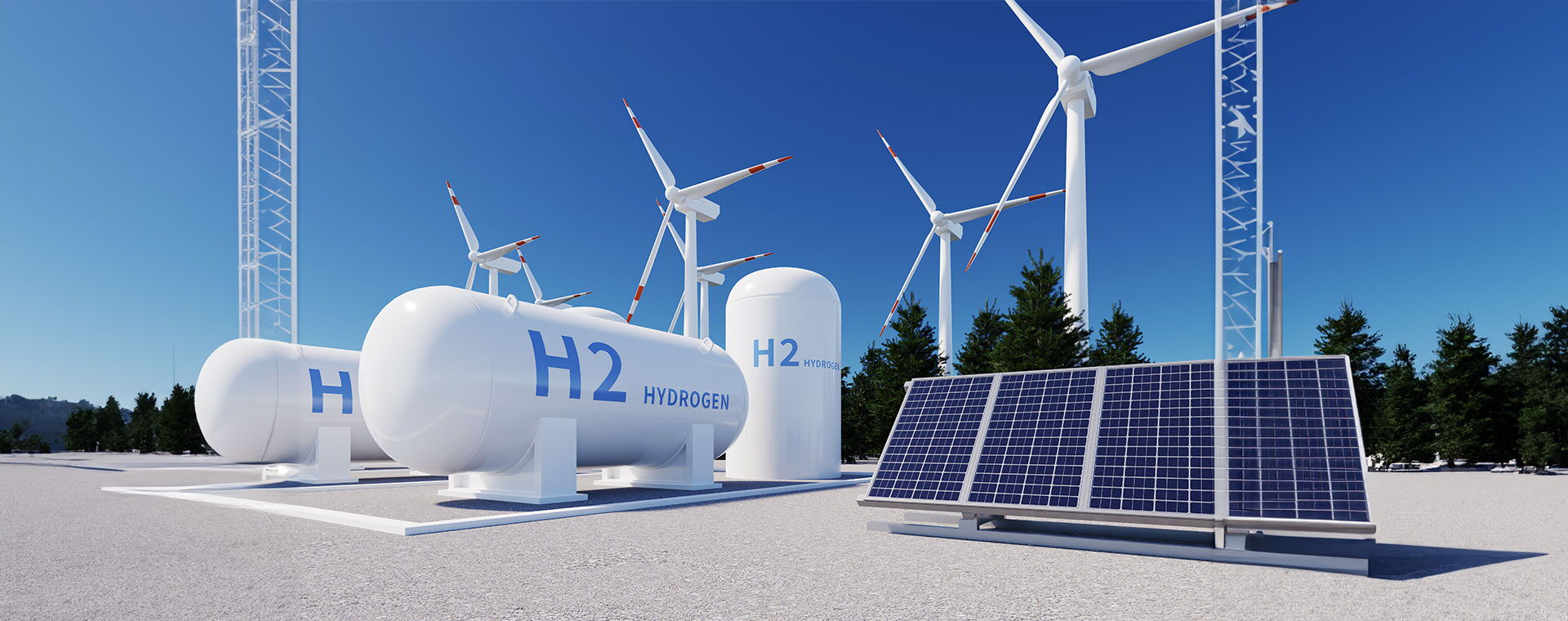Ultrapure water plant and condensate treatment plant
Client: SIEMENS & Entrade GmbH (ENKA) Partnership
Project: PJSC Kazanorgsintez Combined Cycle Power Plant Demineralization and Condensate Polishing Plant
Circumference
Design, manufacture and supply of
- Demineralization plant
- Condensate polishing plant
Capacity
- Demineralization plant: 2 x 14 m³/h
- Condensate polishing plant: 2 x 15 m³/h
Delivery
2021
Overview: Pure water for power plants
Providing clean and sufficient water resources is critical to the operation and performance of power plants. Whether thermal, hydroelectric, nuclear or renewable energy production – clean water is essential. Sustainable water management and the protection of water resources are important to meet water requirements in energy production and to ensure the long-term sustainability of power plants.
Power plants are known for using the most water among energy plants. In these plants, water is used as process and cooling water. The process water is pure water that is passed through the pipes in the boiler. Pure water prevents substances such as magnesium and calcium from damaging the equipment. The heat energy released during combustion converts the water into steam. However, it is not enough for the water to enter the steam phase; heat energy will continue to be supplied.
As the design of boilers and steam turbines evolves to improve efficiency and reduce emissions, the demands on pure water systems are increasing. The most important of these systems are reverse osmosis and EDI systems. The water to be purified is first physically filtered. After purifying the dissolved substances through the reverse osmosis membrane, the water becomes ultra-pure water through the advanced purification system.
Our solution
ARTAS ENVIRONMENT has developed a demineralization water treatment system for the PJSC Kazanorgsintez combined cycle power plant (CCGT-TPP). Suspended solids, colour and taste are removed with a pre-treatment unit. Ultrafiltration (UF) is a pressure-driven barrier against suspended solids, bacteria, viruses, endotoxins and other pathogens to produce water with very high purity and low sludge density. The product water of the ultrafiltration enters the product water tank of the ultrafiltration unit. Filtered water passes through the first and second pass reverse osmosis units to remove dissolved or suspended chemical species as well as biological substances (mainly bacteria) and is used in industrial processes and to produce drinking water.
Advanced electro-deionization (EDI) technology is typically used after reverse osmosis (RO) and is used to produce high-purity and ultra-pure water. EDI systems consume only electricity and can operate continuously, producing pure product water of consistent quality without chemical waste. The systems have a very small footprint and do not require frequent maintenance.
Result
The system delivers high-quality, purified and ultra-pure water, the quality of which meets the applicable standards and regulations.


